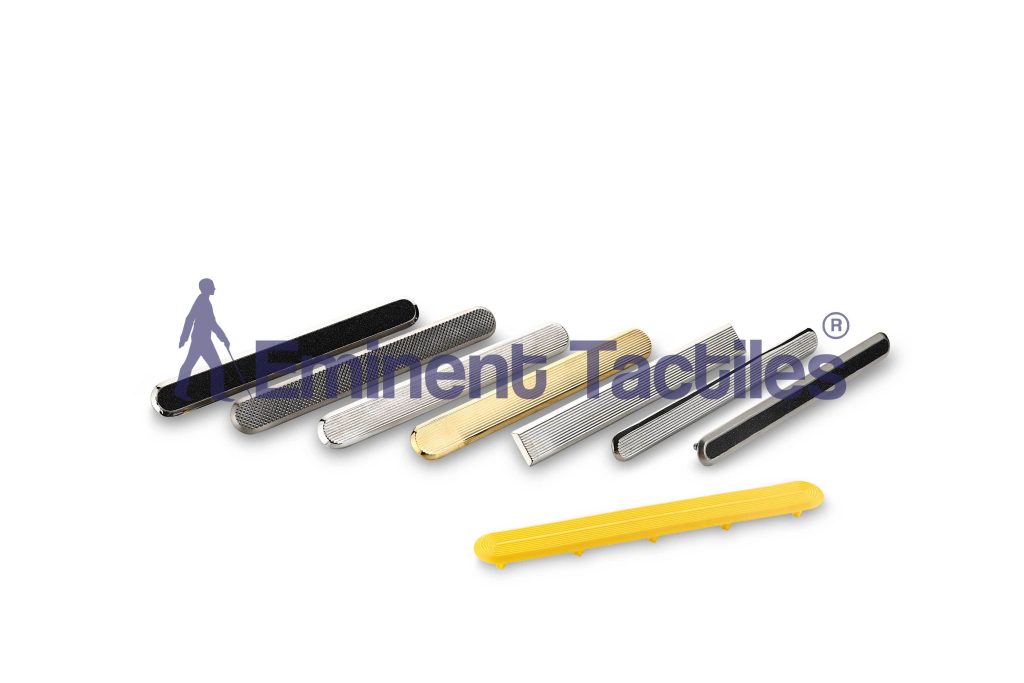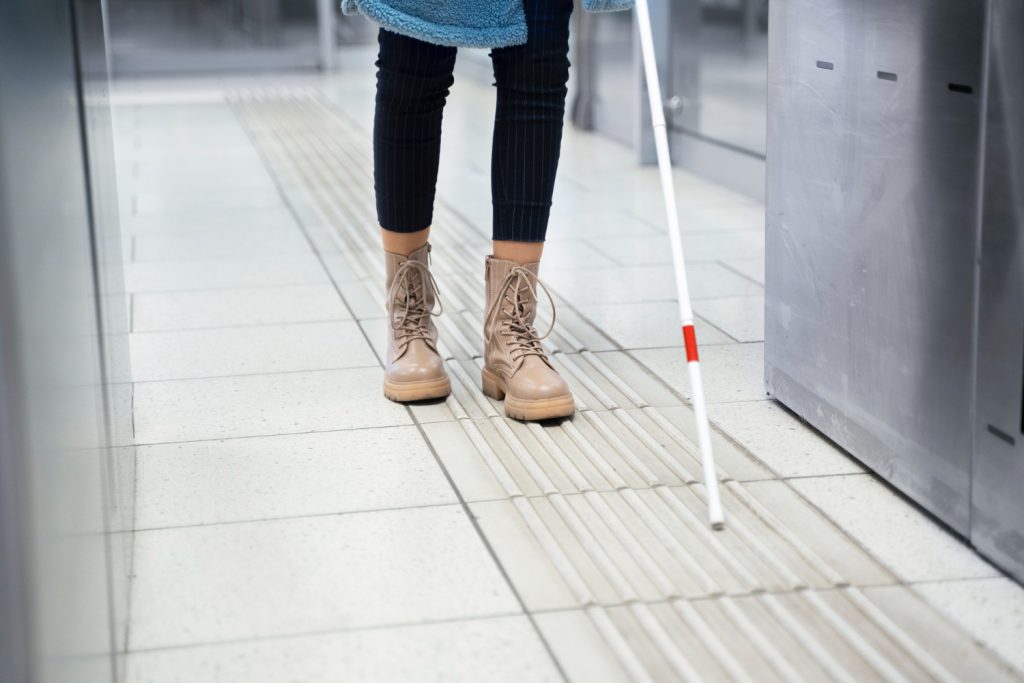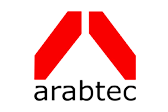
In our quest to create inclusive and accessible environments, a tactile strip stands out as a beacon of innovation and empathy. Designed primarily for the visually impaired, these simple yet effective tools are pivotal in transforming public spaces into areas that cater to all, regardless of their physical abilities. In this comprehensive exploration, we delve into the essence of tactile strips – from their history and design to their impact on accessibility. By understanding these elements, we can appreciate the profound difference they make in the daily lives of visually impaired individuals and recognize the importance of continued advancements in accessibility features.
The History and Evolution of Tactile Strip
The concept of tactile strips dates back several decades, with the earliest iterations emerging as rudimentary textured surfaces. These initial designs were often simplistic, focusing primarily on providing basic tactile feedback. However, as awareness and understanding of the challenges faced by visually impaired individuals grew, so did the sophistication of tactile strips. Today, they are a product of extensive research and innovation, reflecting a deep understanding of the needs of those who rely on them.
The evolution of tactile strips is not just a tale of technological advancement but also a narrative of societal progress. These developments mirror a growing commitment to inclusivity and accessibility in public spaces. From simple raised lines to more complex patterns and materials, the tactile strip has evolved into a critical tool in the quest for equal access for all.
What are Tactile Strips?

Tactile strips, often constructed from durable materials like stainless steel, serve as ground surface indicators. These strips, also known as stainless steel tactile directional strips or “Tactile Directional Strips,” are strategically placed in various public settings to aid in navigation for those with visual impairments. Their distinctive texture can be easily felt underfoot or through a cane, providing essential navigational cues.
These tactile indicators are not just functional they are designed with the utmost consideration for aesthetics and environmental integration. They come in various forms – from truncated domes to linear bars – each serving a specific purpose. For example, a pattern of truncated domes typically indicates a stop or cautionary area, such as the edge of a train platform or a pedestrian crossing, while linear patterns suggest directional guidance, helping visually impaired individuals orient themselves and navigate through spaces like corridors and public walkways.
How Tactile Strips Enhance Accessibility

The impact of tactile navigation strips on accessibility cannot be overstated. They transform potentially hazardous and disorienting environments into spaces that visually impaired individuals can navigate with confidence. For example, tactile strips at pedestrian crossings alert individuals to the presence of a road, while those at train stations can prevent dangerous missteps onto tracks.
These tactile cues become part of a larger sensory map that visually impaired individuals rely on to understand and interact with their surroundings. In busy urban areas, tactile strips serve as crucial guides amidst the chaos, offering a level of independence and safety that was once difficult to achieve. The real-life impact of these features is profound, offering visually impaired individuals a sense of empowerment and autonomy in their daily lives.
Challenges and Considerations
Despite their benefits, the implementation of tactile strips is not without challenges. Designing strips that are both effective and unobtrusive requires a delicate balance. They must be conspicuous enough for tactile detection but not so prominent as to disrupt the flow of pedestrian traffic or create trip hazards for others.
Moreover, the durability and maintenance of tactile strips are vital considerations. They must withstand heavy foot traffic and various weather conditions, necessitating regular maintenance to ensure their effectiveness. This requires not only an initial investment in quality materials but also a commitment to ongoing upkeep.
Furthermore, the needs of the visually impaired must be balanced with those of other pedestrians, including individuals with other disabilities. This necessitates a collaborative approach to urban planning, one that takes into account a wide range of needs and perspectives to create truly inclusive public spaces.
Conclusion
Tactile strips exemplify how thoughtful design can foster inclusivity and safety in public spaces. Understanding their purpose, evolution, and the challenges involved in their implementation underscores the importance of continuous innovation in accessibility. As we move forward, let’s champion environments that are accessible and welcoming to all.

offer now at
Our Clients





































